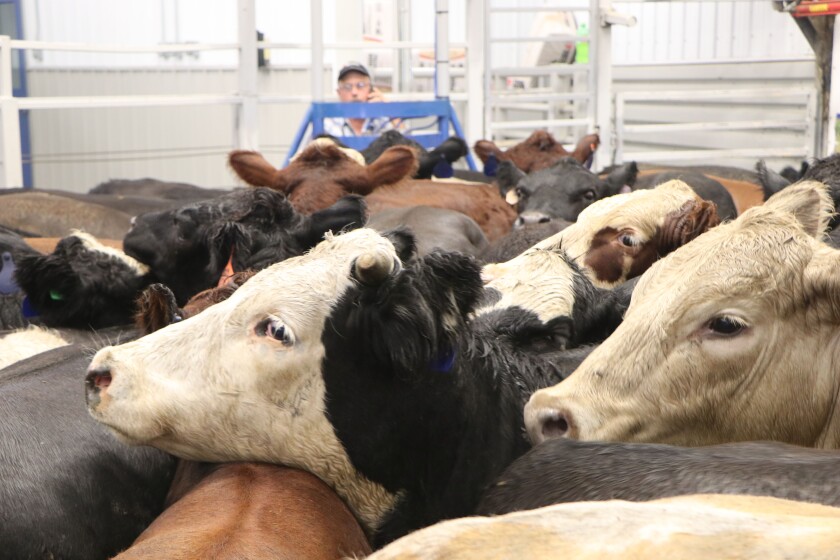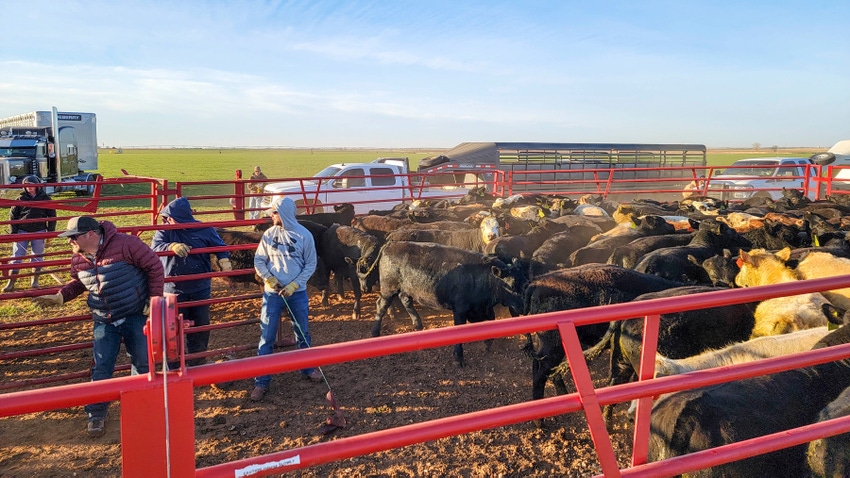Recognizing Livestock Danger Security (LRP) Insurance: A Comprehensive Guide
Browsing the realm of livestock risk defense (LRP) insurance policy can be an intricate venture for numerous in the agricultural sector. From how LRP insurance policy works to the different coverage options readily available, there is much to reveal in this extensive overview that could potentially form the means animals producers approach danger administration in their companies.

Exactly How LRP Insurance Works
Periodically, comprehending the auto mechanics of Animals Risk Security (LRP) insurance can be intricate, however damaging down exactly how it works can provide clarity for farmers and ranchers. LRP insurance is a threat management tool designed to protect animals producers versus unforeseen cost decreases. It's important to note that LRP insurance coverage is not an income warranty; rather, it focuses solely on cost danger defense.
Qualification and Protection Options

When it involves protection alternatives, LRP insurance provides manufacturers the versatility to pick the insurance coverage degree, protection period, and endorsements that finest suit their risk monitoring demands. Coverage degrees normally range from 70% to 100% of the anticipated ending worth of the insured animals. Producers can also select protection periods that straighten with their manufacturing cycle, whether they are insuring feeder cattle, fed livestock, swine, or lamb. Endorsements such as cost threat security can better tailor protection to secure versus unfavorable market variations. By recognizing the qualification criteria and protection choices offered, animals manufacturers can make educated decisions to take care of threat successfully.
Advantages And Disadvantages of LRP Insurance
When reviewing Livestock Danger Defense (LRP) insurance policy, it is essential for animals manufacturers to weigh the negative aspects and benefits integral in this threat monitoring tool.

One of the main benefits of LRP insurance policy is its ability to provide protection versus a decline in livestock prices. In addition, LRP insurance coverage provides a level of flexibility, allowing manufacturers to personalize coverage levels and plan periods to suit their particular needs.
Nonetheless, there are also some drawbacks to think about. One restriction of LRP insurance coverage is that it does not secure against all sorts of dangers, such as illness break outs or all-natural catastrophes. In addition, costs can sometimes be pricey, especially for producers with big animals herds. It is critical for manufacturers to meticulously evaluate their specific risk direct exposure and monetary scenario to establish if LRP insurance is the appropriate danger administration tool for their procedure.
Recognizing LRP Insurance Premiums

Tips for Optimizing LRP Conveniences
Making best use of the benefits of Animals Risk Protection (LRP) insurance calls for tactical preparation and positive risk management - Bagley Risk Management. To take advantage of your LRP coverage, consider the following suggestions:
Frequently Evaluate Market Conditions: Stay notified about market patterns and rate fluctuations in the animals market. By checking these elements, you can make informed choices about when to purchase LRP protection to protect against possible losses.
Set Realistic Insurance Coverage Degrees: When selecting protection degrees, consider your manufacturing prices, market worth of animals, and prospective threats - Bagley Risk Management. Setting sensible insurance coverage degrees makes certain that you are sufficiently protected without paying too much for unnecessary insurance policy
Diversify Your Insurance Coverage: As opposed to relying solely on LRP insurance coverage, take into consideration expanding your risk monitoring methods. Combining LRP with various other threat administration tools such as futures agreements or options can offer detailed protection versus market unpredictabilities.
Testimonial and Adjust Coverage Regularly: As market problems change, periodically evaluate your LRP insurance coverage official website to ensure it straightens with your present danger exposure. Adjusting coverage degrees and a fantastic read timing of purchases can assist enhance your danger defense method. By adhering to these suggestions, you can optimize the advantages of LRP insurance coverage and guard your livestock procedure against unpredicted dangers.
Conclusion
In final thought, livestock threat protection (LRP) insurance is a valuable device for farmers to take care of the financial threats related to their livestock operations. By understanding exactly how LRP functions, qualification and protection options, as well as the advantages and disadvantages of this insurance, farmers can make educated choices to secure their incomes. By carefully thinking about LRP premiums and implementing strategies to make best use of advantages, farmers can mitigate possible losses and ensure the sustainability of their procedures.
Animals manufacturers interested in acquiring Livestock Danger Protection (LRP) insurance can check out a variety of eligibility criteria and protection options customized to their specific animals operations.When it comes to protection alternatives, LRP insurance policy uses producers the adaptability to choose the protection level, protection duration, and recommendations that best fit their threat monitoring requirements.To comprehend the intricacies of Animals Threat Protection (LRP) insurance coverage completely, understanding the factors influencing LRP insurance coverage premiums is critical. LRP insurance policy costs are established by different elements, consisting of the coverage level selected, the expected go price of livestock at the end of the insurance coverage period, the kind of livestock being guaranteed, and the size of the coverage duration.Evaluation and Change Coverage On a regular basis: As market conditions alter, periodically evaluate your LRP insurance coverage to ensure it straightens with your present danger exposure.
Comments on “Expert Advice: Bagley Risk Management Techniques”